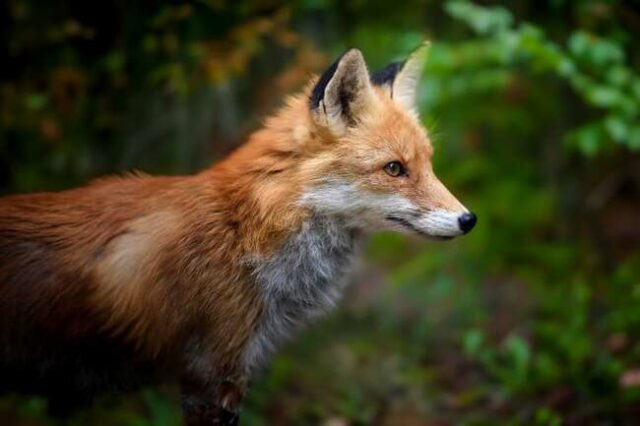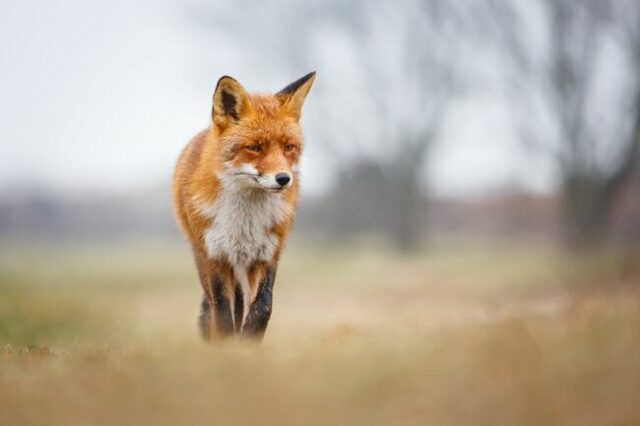
The revelation of an ancient burial site in Patagonia, Argentina, has challenged the conventional narrative of human-animal relationships, suggesting that foxes may have once held a significant role akin to that of dogs in human history. Discovered alongside a human skeleton dating back 1,500 years, the fox’s presence in the grave raises intriguing questions about the nature of their bond. Initially mistaken for a gray fox, further analyses identified the fox as belonging to the extinct species Dusicyon avus, shedding light on its dietary habits and lifestyle. Through meticulous genetic, morphological, and isotopic examinations, researchers uncovered evidence of a close association between the fox and its human companion, suggesting a pattern of systematic feeding indicative of a cherished relationship.

The burial of the fox alongside its human counterpart underscores the possibility of a profound emotional connection between the two, challenging assumptions about ancient human-animal dynamics. While the exact reasons for including the fox in the burial remain elusive, the researchers propose that its role as a valued companion likely influenced its placement as a grave good. Moreover, the extinction of Dusicyon avus, attributed to a combination of climate change and human activity, highlights the complex interplay between environmental factors and human-animal interactions throughout history. This groundbreaking discovery not only offers new insights into ancient cultures but also prompts a reevaluation of the diverse roles animals have played in shaping human societies.














